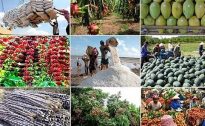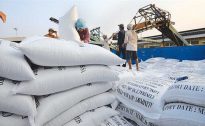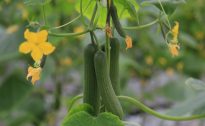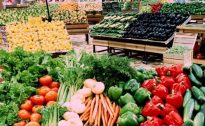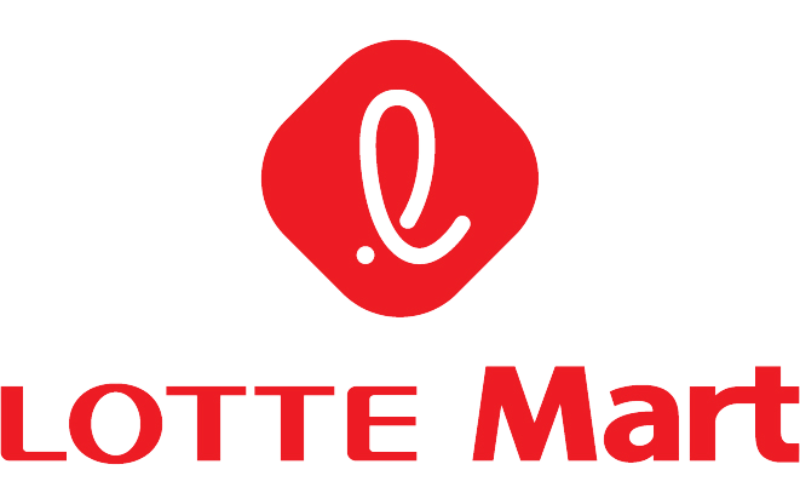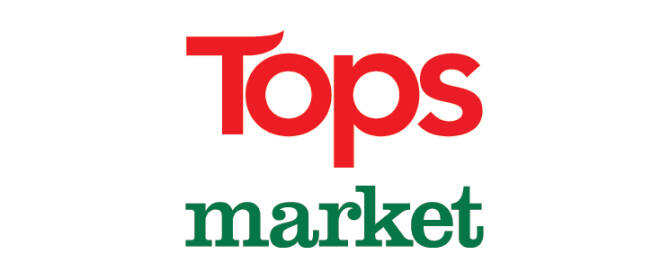
PROCESS AND PROCEDURES FOR EXPORTING VIETNAMESE AGRICULTURAL PRODUCTS
13/03/2023In this article, let’s join GREEN FARM to fully understand about the processes and procedures for exporting agricultural products being applied in Vietnam.
In recent times, the export of agricultural products is being promoted because the quality of Vietnamese agricultural products is increasingly improving and many market areas have accepted the import of our country’s agricultural products.
So, when having quality agricultural products in hand and the international market is welcoming, what do Vietnamese businesses need to do to be able to export products abroad and earn profits for their company?
Vietnam’s main export agricultural products
In 2022, Vietnam will have 5 groups of agricultural products with export turnover of over 3 billion USD:
Coffee: 3.94 billion USD;
Rice: 3.49 billion USD;
Rubber: 3.31 billion USD;
Fruits and vegetables: 3.34 billion USD;
Cashew nuts: 3.07 billion USD;
Of course, in addition to the top 5 products and product groups mentioned above, we still have many other agricultural products that are also being promoted for export, such as: cassava, pepper, tea, cocoa, cotton…etc
Some notes when exporting agricultural products
For new export units, it is necessary to pay close attention to the contents that need to be prepared to make the work smooth and avoid problems that may arise.
This advance check is highly important, because each country importing agricultural products most likely has its own regulations on importing agricultural products.
For example:
- Korea: imported products must be packaged and fully labeled according to their regulations.
- Japan: only a few agricultural products are allowed to be imported into this difficult country, so you must check the list of agricultural products accepted by Japan.
- Europe: is very strict on maximum pesticide residue levels (MRL – Maximum Residue Levels) on food, so Vietnamese exporters need to research and prepare carefully to meet European standards. Surname.
- China: procedures are somewhat more convenient, but only a few types of agricultural products can go through official channels. A large number of products are exported across land borders via unofficial channels.
Customs procedures for exporting agricultural products
Check whether agricultural products comply with the requirements of the importing country.
Before carrying out export procedures, your company needs to find out whether the importing country accepts this product from Vietnam, and whether your product meets quality requirements or not.
This preliminary check should be done from the beginning, thereby helping you find a suitable market and importing country suitable for each type of agricultural product.
Prepare requirements before exporting:
Below are some requirements that may have to be met when bringing agricultural products into a partner’s market:
- Phytosanitary
- Product irradiation
- The growing area meets standards
- Meets standards, content, and residues of pesticides.
- Packaging standards, packaging, labels
In addition, for agricultural products that require cold storage, it is necessary to pay attention to the necessary time periods to keep the temperature at the necessary cold level:
- Harvest time of agricultural products;
- Time to pack goods into containers;
- Waiting time for customs procedures, irradiation, quarantine, fumigation…;
- Delivery time.
All of the above time periods need to be calculated to match each other, to ensure agricultural products are kept cold at the right temperature to avoid damage. This has much to do with the cold supply chain of agricultural products that Vietnam is gradually forming and developing strongly.
These preparation and inspection work are very important, deciding whether the goods are of guaranteed quality and meet foreign standards or not.
- Prepare export documents
- Exporters need to prepare the following documents:
- Export foreign trade contract
- Commercial invoice
- Packing slips
- Quality certification
- Certificate of origin
- Certificate of fumigation
For agricultural products that have been imported and now want to be exported, an additional import plant quarantine certificate is needed, issued by the plant quarantine department when the goods were previously imported into Vietnam.
Prepare for shipping
According to the established plan, the exporter prepares the goods. Transportation arrangements depend on the signed commercial conditions (such as FOB, CFR… in Incoterms). The transport unit pulls the empty container to the warehouse for the business to pack the goods, then transports it to the port to wait for customs clearance and export.
Quarantine sampling and fumigation are performed in this step. If doing this for the first time, quarantine officers may need to go to a separate warehouse to take samples and check the raw material area (if necessary). From subsequent shipments, they may only be quarantined at the port.
Customs declaration and customs clearance for shipments
When the goods arrive at the port, the goods owner or customs clearance service unit will declare customs and carry out the necessary procedures to clear the goods.
Note: offloading the container to the port, customs clearance, liquidation and ship-booking must be completed before the Closing time specified in the shipping line’s Booking Note.
Along with completing customs clearance procedures for the shipment, agricultural export enterprises send details to make a bill of lading (called SI – Shipping Instruction) and declare the confirmed volume of goods (VGM) to the shipping company.
After the ship runs and has a bill of lading (B/L), the exporter makes an application for a C/O and submits the application to the import-export management department to receive a certificate.
Complete set of export documents
After the documents are ready: B/L, Invoice, Packing List, Phyto, C/O… depending on the payment conditions specified in the contract, the agricultural export enterprise will send it to the foreign importer. (if payment is T/T), or present original documents to the bank (with payment methods LC, DP, DA).
When the set of documents is complete and correct, the seller receives payment and completes all procedures for exporting agricultural products.
Some contents need to be mastered before exporting agricultural products
Temperature and how to preserve and pack goods
- Each type of product will have specific regulations on storage temperature. Exporters and transporters need to ensure compliance with regulations to avoid damage to goods.
- Each type of agricultural product will also have a different way of packaging, to ensure the product is not crushed or damaged. This packaging method also needs to be adhered to.
Regulations for granting planting area codes
- Requirements for organizations or individuals applying for codes
- Requires area and farming conditions
- Record keeping requirements
- Sanitation standards in the fields
- Standards on the use of pesticides
>> Refer to details in Facility Standard 774:2020 – procedures for establishing and monitoring growing areas
In general, procedures for exporting agricultural products are not too difficult, but there are specific regulations and standards for this group of products that need to be applied, as we have detailed above.





